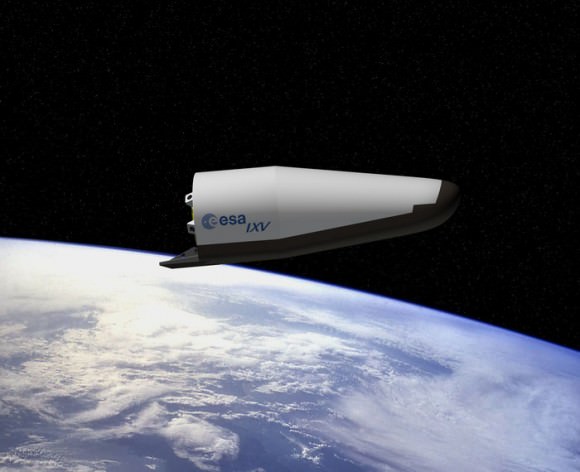Just about everyone can claim to being inspired by the xkcd webcomic — or at least enjoying a shared nerd moment. A favorite comic of many space fans is the Up Goer Five poster, which explains the Saturn V rocket in the “10 hundred” (i.e. 1,000) English words that are used most frequently.
Now, one fan of xkcd, celerycoloured on reddit has created a poster of the single-stage-to-orbit Skylon spaceplane being built by the British company Reaction Engines Limited (REL). With some great hand-drawn graphics, this homage poster uses — again — the most commonly used words in the English language to explain Skylon:
“The first space car that may go to space without parts falling off” describes the single stage to orbit idea, and “this space car can burn the air outside so it doesn’t have to take so much breathing type air or drop parts” explains the air-breathing SABRE engines.
“I’d just like people to know more about REL,” celerycoloured told Universe Today. “Their efforts towards reusable SSTO spacecraft is one of the coolest things I’ve seen!”
Read about Skylon in more complex terms here.
In other space plane news today, ESA’s Intermediate eXperimental Vehicle IXV successfully launched on a Vega rocket from the Kourou space center for a one hour forty minute test flight. This is a lifting body vehicle similar to the X37B, however the IXV splashed down in the ocean for this first flight.



The productivity of human ingenuity can be very pleasing “…the happiness and greatness, the rank and station, the pleasure and peace, of an individual have never consisted in his personal wealth, but rather in his excellent character, his high resolve, the breadth of his learning, and his ability to solve difficult problems….”
Yaaaay, Skylon! Commercial space vehicles, here we come!
Am anxiously awaiting Skylon’s debut. What is the status of that project? Any date set for test flights yet?
Even with no technological show-stoppers, on the order of a decade…
I would very much like to see the Skylon succeed, but I think there are a lot of ‘ifs” to get around before that happens, and it has to carry a lot of gear that cannot have effect in space to orbit and back limiting its payload. Like the Shuttle, this necessity makes it a large, one size fits all vehicle. It probably will be constrained by weather considerations just as much as pure rockets are, as fuel usage dominates the design to the same extent. I have conjectured that if fuel weight were no issue, heat shields for re-entry could be dispensed with. One would just reduce orbital velocity by a lot more retro fire and drop into the atmosphere much the way that Spaceship 2 is going to do.
It will be interesting to see if SpaceX’s re-useability ideas become as practical in a shorter time frame. There are major difficulties to be overcome by both.
Wow! Thank you Nancy Atkinson for this great article… Reaction Engines (U.K.) Ltd., SABRE ultra lightweight heat exchangers 100 times lighter than existing technologies allows cooling of very hot airstreams from over 1000c. to -150c. in less than1/100th of a second, This is a major breakthrough in propulsion 🙂 Well done E.S.A. and the British Government…Just like you did with the Concorde you are once again thinking way beyond everyone else on the Planet and I cant wait to see SABRE taking off from a runway on Earth, Flying into Space then landing back on a runway again (no or little waste) Great! Lets Go! Go! Go!
Lecturing on Skylon to the Prestwick branch of the Royal Aeronautical Society, Alan Bond said that because the forepart of the vehicle is the hydrogen tank which will be empty at re-entry, the vehicle’s density will be very low and it will decelerate at very high altitude, not requiring a ceramic heat shield. The low cost per flight would make orbital assembly of large missions, e.g. a manned Mars mission, economic with multiple launches.